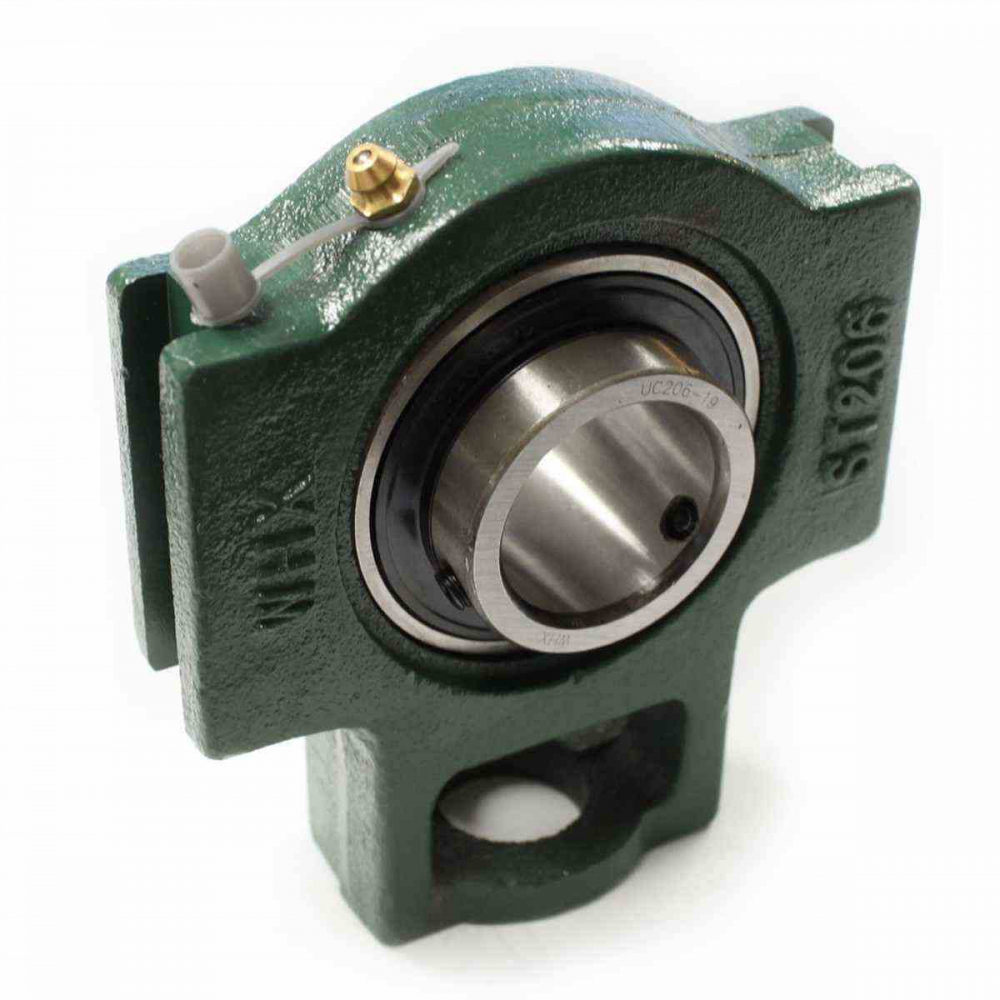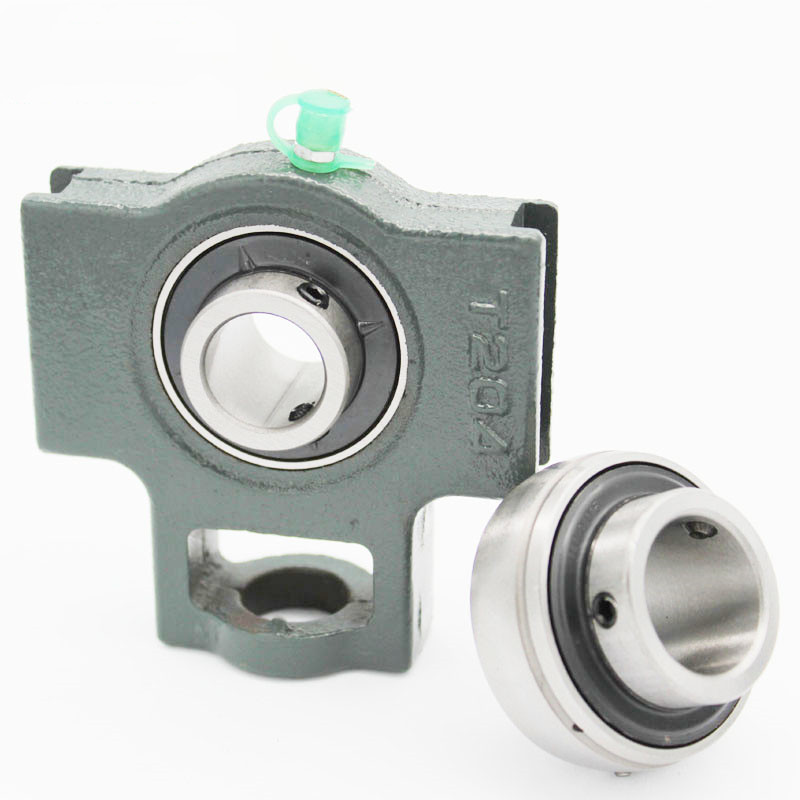SolidWorks is a 3D CAD software that is fully functional and can be used to model, render, and animate 3D solid surfaces. Now, with the increasing functionality of SolidWorks, the use of users closer and closer to users, and the lower prices, there are more and more companies using SolidWorks.
However, most of the training materials currently discuss modeling and rendering techniques, and most of the domestic technology and designers must complete their own design to complete the plan paper and process documents, so that their design can be understood by others. (After all, there are not many companies that use CNC machining equipment directly.) Our technicians spend most of their time not thinking and designing, but on drawing drawings.
In fact, SolidWorks is also very powerful in terms of drawing management and engineering drawings. Correct use can greatly reduce the labor intensity of engineers and technicians, get twice the result with half the effort, liberate productivity, and truly become an "engineer."
My colleagues and I have been using AutoCAD for more than a decade. Not modest, it should be the earliest batch of ACAD used in China, with the reverence of Autodesk, and later used their MDT. With the popularity of PRO-E and UG, they were once a family. Now, SolidWorks is completely used. Because of the set SolidWorks, the design and plotting time is definitely faster than ACAD.
And its biggest advantage is that it is intuitive and has few drawings. Once there is a new series of products, or some parts are changed, a new set of drawings and three tables will be used, and there is no need to worry about it. (If you forget to change the size, line, figure, etc. on the map) .
Let's share some of our experiences with you.
1. First of all, of course, you must master the basic three-dimensional modeling and assembly of SolidWorks and learn how to get the engineering drawings. nonsense? ? No! ! Because this is not the key to our discussion. In fact, as long as you master the basics, because most of the components in the enterprise are not complicated, at most, it is a bit complicated. The modeling skills are high, but the feature tree of modeling is simple.
2. Create "template" templates. Includes drawings of parts, assemblies, and various formats. This way, when you are "new", you can directly call your saved "template" to work directly.
3. You must learn to use the Configuration ConfigurationManager. Because most of the parts in the enterprise are serialized. The structure is much the same, just the difference in size, a few holes, plus several features. There are also several fewer parts in the assembly drawing. This saves most of the time spent modeling and plotting (absolutely!). This also allows the establishment of commonly used "standard parts" such as fasteners, seals and common parts. You can download it everywhere on the Internet, and you can make it yourself. (Let others make a silver spoon!)
4. When using “Configurationâ€, SW will create a “Series Design Table†based on Excel. You can edit the size and structure of the component directly, and this is also useful when plotting. It can be directly pasted in the project. The table serves as a table of different sizes for the same structure. This point SW is quite comprehensive. (You can add, show, and hide rows and columns). Meet our drawing standards and habits.
5, the standard parts are recommended to use the ToolBox that comes with SolidWorks
6. If you are not satisfied with the use of "configuration", you should also learn to use SW's "design library."
The modeling part talks so much, let’s talk about the drawing
7. Create and use "properties" for parts and assembly models. This is the most critical point. This is a great benefit to the picture. According to the needs of the company's drawings and technical documents, establish the "attributes" of each model, such as name, code, weight (SW can be automatically calculated according to "density", but must be established), materials, remarks, drawing format (such as surface treatment) Situation, borrowing situation), warehouse item number, etc. "Properties" can be built in "templates", and their specific values ​​can be changed and set in future work.
8. Set the "link" of "text" and "property" in the "template" of the drawing. In this way, in the blank drawing, once the part or assembly is placed, the words on the drawing such as the scale, weight, drawing number, material, name, technical requirements, surface treatment, etc., will be automatically completed. And it will change automatically as the model changes.
9. Establish your own “Material Schedule†according to the requirements of the company and the national standard. In recent years, there have been two "material schedules" in the new version of SolidWorks, one is SolidWorks ontology, and the other is based on Excel. Both tables have a "template" in SolidWorks. But you definitely can't use it. Because you define your own "attributes". According to it, build a few to meet your needs, complete the "details" on the assembly drawing and the "three tables" and "pattern catalogs" in the craft file. details as follows
a) The “details†on the assembly drawing suggest that the SolidWorks ontology is more convenient to edit. Of course, when generating a schedule, you should select "top-level components" according to the standard requirements. Shanghai Mengxi Information Technology Co., Ltd.
b), after the final assembly drawing is completed, save a "backup", and then use the Excel-based list to include a list of "all parts" or "indented", including the contents of various "attributes" Combine, or all of the "attributes" to save the Excel spreadsheet. What to do? Yes, this is the "three tables" and the catalog! The powerful editing and calculation functions of the Excel table don't need me to introduce it, and you can switch to the word or Access database as long as you move the mouse a few times.
Pillow Block Bearing Uct,Large Load Bearing Housing,Uct Pillow Block Bearing,Up Bearing Housing





